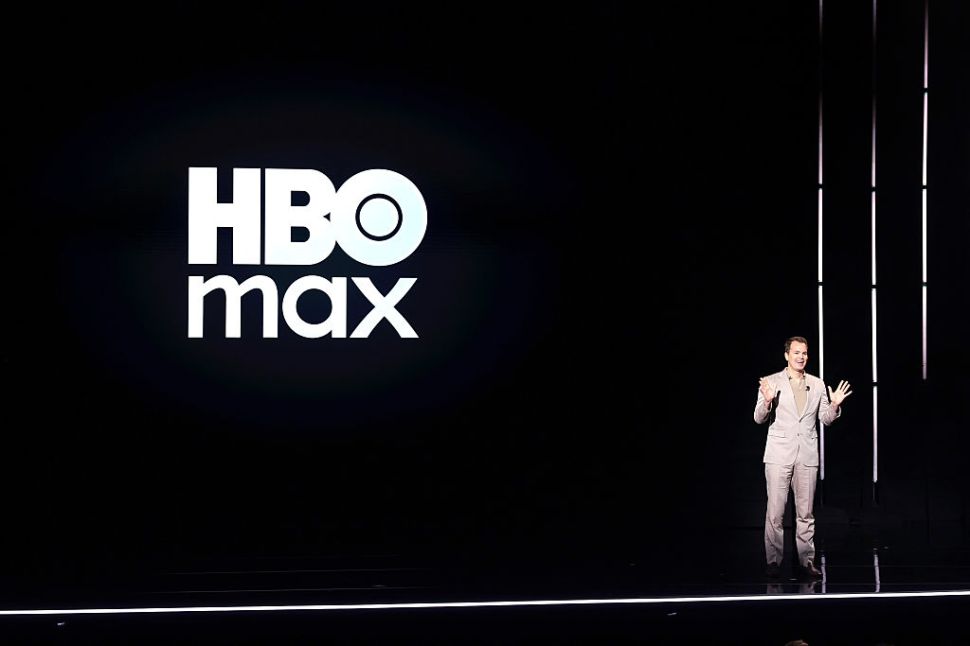Warner Bros. Discoveryâs 2025 Upfront Presentation at The Theater at Madison Square Garden on May 14, 2025 in New York City. ” width=”970″ height=”647″ data-caption=’Casey Bloys, Chairman and CEO, HBO and Max Content speaks onstage during Warner Bros. Discovery’s 2025 Upfront Presentation on May 14, 2025 in New York City. <span class=”lazyload media-credit”>Getty Images for Warner Bros. Di</span>’>
The confusion is over. Warner Bros. Discovery announced this week that it would be rechristening its streaming service, Max, as HBO Max again after dropping the iconic cable brand from its name in 2022. It’s okay to laugh—the company’s social media team is certainly leaning into the absurdity of it all. But what’s important is that this shift signals larger changes in WBD’s streaming strategy as the business matures beyond its growth-and-volume-at-all-costs era.
Say what you want about WBD CEO David Zaslav, whom the media has appointed as a public punching bag for reasons both fair and unfair. But at least he’s willing to admit his mistakes rather than chasing a sunken cost.
“This is a smart course correction—and an admission that the first move didn’t work,” Tim Berney, CEO of VI Marketing and Branding, told Observer. “They wouldn’t go back to HBO Max unless they had to. It’s a common mistake: companies pay a premium for a strong brand, and then dump the name for ego, ‘vision’ or internal politics.”
In 2022, HBO was dropped from the streamer’s name in hopes of branding a general entertainment service that could compete with Netflix. The move may have made sense when it was believed that the lean-back Discovery portfolio and lean-forward WBD library would boast more synergy. Now that we know that isn’t the case (Max’s global subscriber numbers hover around 122 million, while Netflix has more than 300 million members), returning to a beloved brand intertwined with blockbuster-level quality makes sense regardless of how messy the transitions have been.
“By reinforcing HBO’s name in its streaming service globally, WBD is signaling that it wants to build long-term brand recognition based on a premium storytelling identity,” Lyric Mandell, Director of Media and Public Relations at brand development and strategy firm Moxy Company, told Observer.
Challenges ahead
The return of HBO is not without its challenges, however. The premium cable network has always been a niche but beloved brand in America. But outside of the U.S., the company spent decades licensing its content to local partners. (Max partners with Foxtel in Australia, Sky in the U.K. and Canal+ in France.) This creates a precarious give-and-take.
“HBO is highly popular in America, but overseas, it’s not very popular,” Rafikuzzaman Khan, COO at digital marketing agency Microters Germany, told Observer. “Overseas, HBO would very likely be overshadowed by local streaming giants or even Netflix. Reviving HBO Max would confuse some overseas viewers who barely know anything about HBO.”
For WBD to fully leverage its latest rebrand, it must continue understanding its strengths and weaknesses while delivering a steady flow of high quality programming worthy of the HBO brand. Reviving the HBO name alone is not enough to reignite subscriber growth ad infinitum.
For instance, cross-company cooperation is more important than ever. WBD wisely teamed up with Disney to offer a streaming bundle that includes Disney+, Hulu and Max. The results speak for themselves—roughly 80 percent of new subscribers who signed up between July 2024 and September 2024 were still subscribed three months later, per Antenna data. This makes it the best retention-driving streaming offering in the U.S. market. It’s also a sign of how bundling can help sub-scale players compete, as long as the content libraries are complementary, not overlapping.
“This move reveals a sobering shift in the streaming landscape,” Ala Ho, founder of brand agency andhuman, said of Max’s rebranding. “Volume alone doesn’t build loyalty. Brands must mean something. WBD’s decision is an act of brand humility and cultural listening— a rare willingness to say: we misread the moment.”

